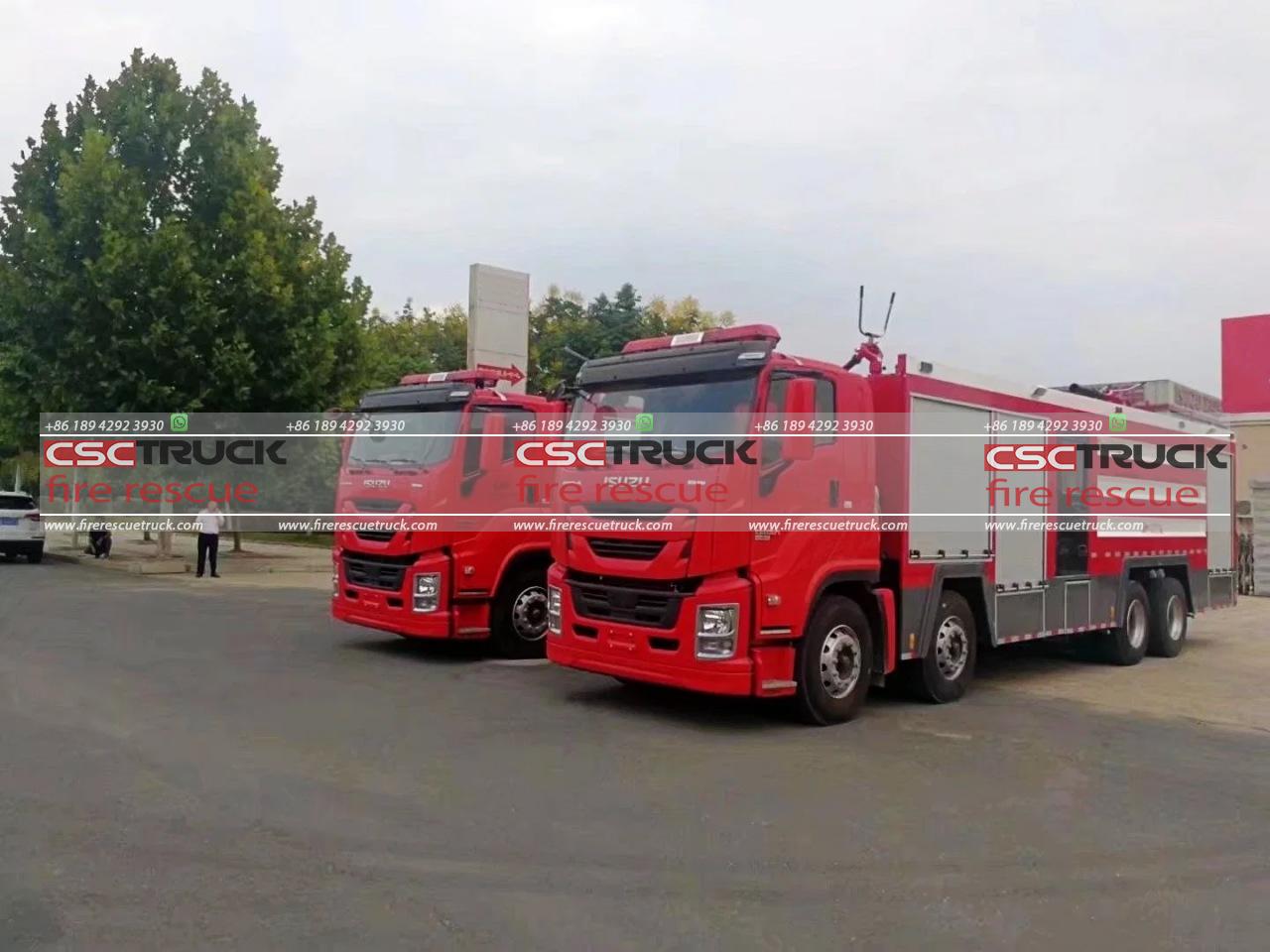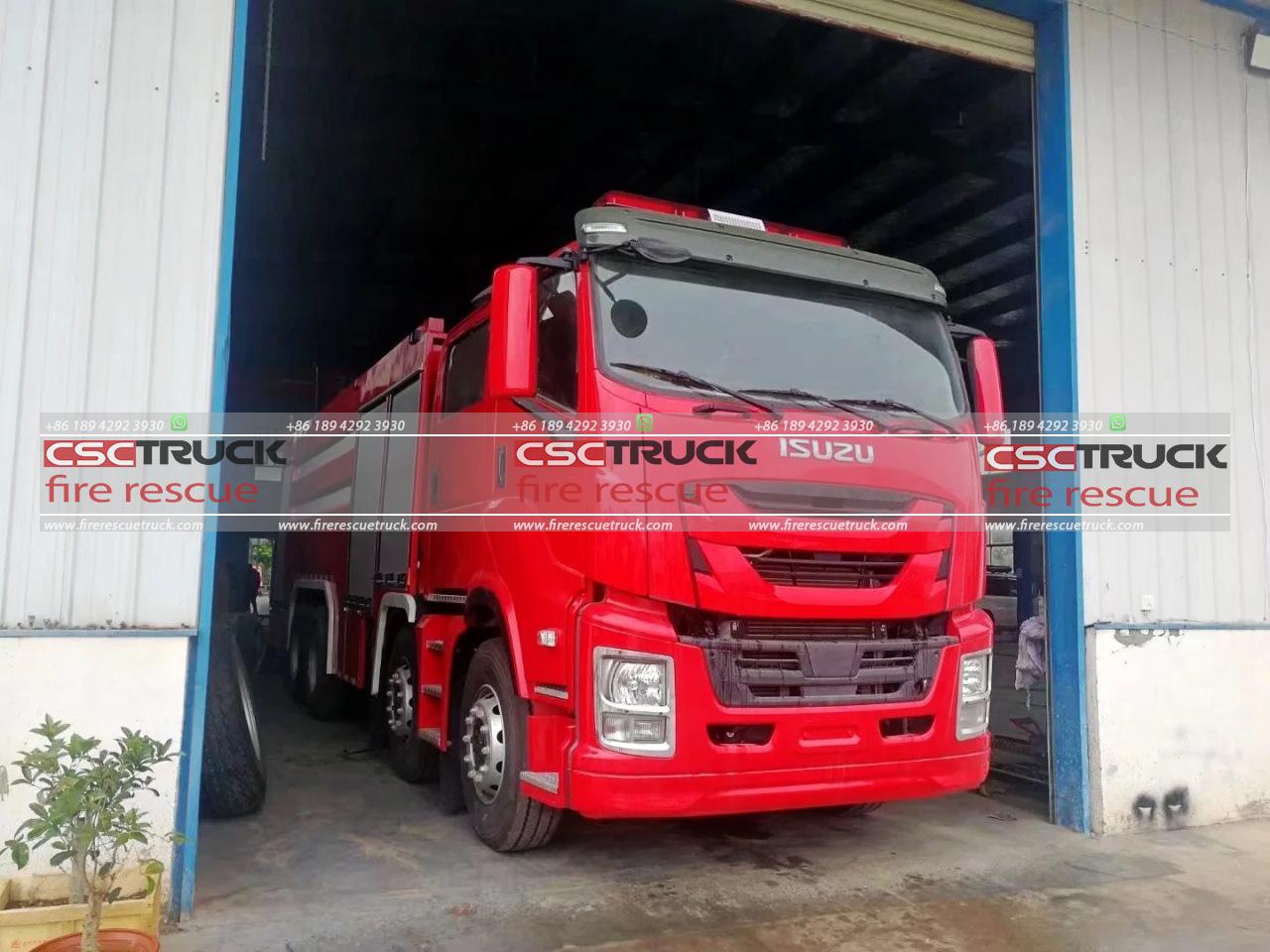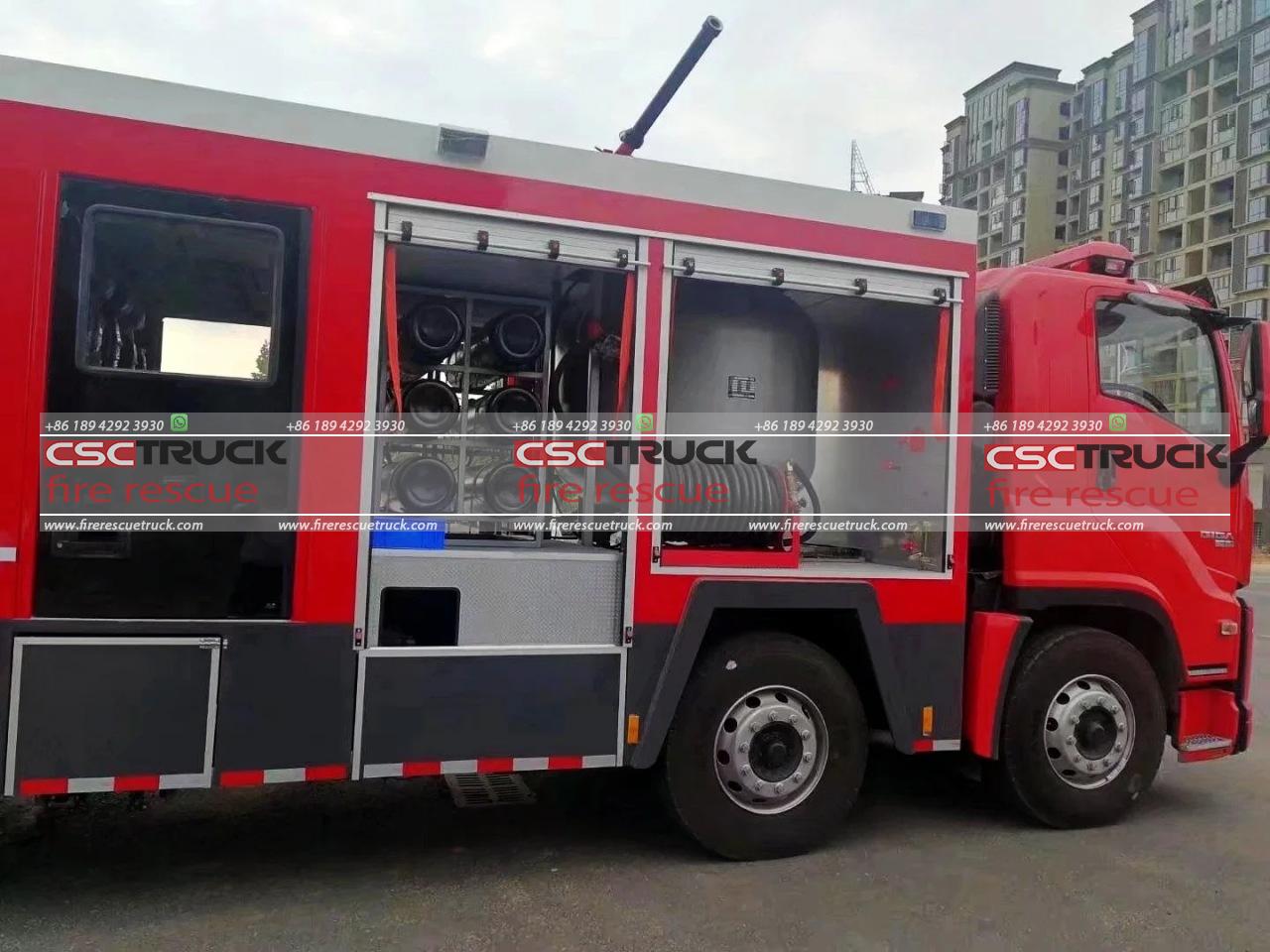Combination Rescue Truck: Multi-Purpose Combination Rescue Trucks for Comprehensive Emergency Response
In the realm of emergency response, versatility and efficiency are paramount. The ability to address a wide range of incidents—from fires to vehicle extrication, hazardous material spills to natural disasters—requires a specialized vehicle capable of carrying a variety of tools and equipment. Enter the combination rescue truck, a multi-purpose vehicle designed to enhance the capabilities of emergency responders and ensure a comprehensive response to any situation.
The Evolution of Rescue Trucks
The concept of the rescue truck has evolved significantly over the decades. Early emergency vehicles were often specialized for specific tasks: fire trucks for firefighting, ambulances for medical emergencies, and other vehicles for technical rescues. However, the increasing complexity of emergencies necessitated a more integrated approach. The combination rescue truck emerged as a solution, offering a flexible platform equipped to handle multiple types of emergencies.

Key Features of Combination Rescue Trucks
1. Versatile Storage Solutions: One of the defining features of combination rescue trucks is their extensive and versatile storage capabilities. These trucks are designed with a myriad of compartments and storage systems to house a wide array of tools and equipment. From hydraulic rescue tools (commonly known as the “Jaws of Life“) to fire suppression gear, medical equipment, and hazardous material containment devices, combination rescue trucks ensure that responders have immediate access to the necessary tools for any given situation.
2. Integrated Technology: Modern combination rescue trucks are equipped with advanced technology to aid in emergency response. This includes communication systems, GPS, and incident management software. Some trucks are fitted with thermal imaging cameras, drone launch capabilities, and even robotic arms for remote operations in hazardous environments.
3. Customizability: No two emergency response units have identical needs. Combination rescue trucks can be customized to meet the specific requirements of different departments. This customization can include the type of tools carried, the layout of storage compartments, and additional features such as water pumps for firefighting or enhanced lighting for night operations.
4. Robust Construction: These trucks are built to endure harsh conditions and demanding use. High-quality materials and engineering ensure durability and reliability. Many combination rescue trucks are built on heavy-duty chassis, allowing them to navigate difficult terrain and support the weight of extensive equipment.
Advantages of Multi-Purpose Combination Rescue Trucks
1. Efficiency and Speed: In emergencies, time is of the essence. The ability to respond quickly with all necessary equipment in one vehicle significantly improves response times. Instead of waiting for multiple specialized vehicles to arrive, a combination rescue truck brings a comprehensive suite of tools to the scene immediately.
2. Cost-Effectiveness: Maintaining a fleet of specialized vehicles can be financially burdensome for many emergency response departments. Combination rescue trucks offer a cost-effective solution by consolidating the capabilities of several vehicles into one. This not only reduces maintenance and operational costs but also optimizes resource allocation.
3. Enhanced Response Capabilities: The versatility of combination rescue trucks enhances the overall response capabilities of emergency services. Whether dealing with a fire, a vehicle accident, a structural collapse, or a hazardous material spill, responders can tackle diverse scenarios with the confidence that they have the right tools on hand.
4. Improved Coordination: Having a single vehicle equipped for multiple types of emergencies improves coordination among responders. It reduces the complexity of managing multiple units and ensures a more cohesive and organized response effort.

Real-World Applications
Firefighting and Rescue Operations: In urban and rural settings alike, combination rescue trucks play a crucial role in firefighting and rescue operations. They carry essential firefighting equipment such as hoses, water tanks, and pumps, as well as rescue tools for extricating individuals trapped in vehicles or collapsed structures. This dual functionality is especially valuable in areas where firefighting and technical rescue resources are limited.
Disaster Response: Natural disasters such as earthquakes, hurricanes, and floods demand a rapid and multifaceted response. Combination rescue trucks can be deployed to provide immediate assistance, from medical care to debris removal and search and rescue operations. Their ability to carry diverse equipment makes them indispensable in the chaotic aftermath of a disaster.
Hazardous Material Incidents: Responding to hazardous material spills requires specialized equipment and protective gear. Combination rescue trucks can be outfitted with containment devices, decontamination equipment, and protective suits, allowing responders to safely manage and mitigate hazardous material incidents.
Medical Emergencies: Many combination rescue trucks include advanced life support equipment, enabling them to serve as mobile medical units. This is particularly beneficial in remote or high-traffic areas where traditional ambulances might have delayed response times.
Case Study: Successful Implementation
Consider the example of a mid-sized city that decided to invest in combination rescue trucks to modernize its emergency response capabilities. Before this investment, the city relied on separate vehicles for firefighting, medical response, and technical rescues. This often led to delays and coordination challenges during multi-faceted emergencies.
After introducing combination rescue trucks, the city experienced a significant improvement in response times and overall efficiency. During a major highway accident involving multiple vehicles and a hazardous material spill, the combination rescue truck was able to provide immediate medical care, extricate trapped individuals, and contain the hazardous material—all from a single vehicle. This streamlined response not only saved lives but also minimized environmental impact and traffic disruption.

The Future of Combination Rescue Trucks
As technology advances and emergency response strategies continue to evolve, the role of combination rescue trucks will likely expand. Future developments may include the integration of artificial intelligence for incident analysis, enhanced connectivity for real-time data sharing, and environmentally friendly designs with electric or hybrid powertrains.
Furthermore, ongoing collaboration between emergency response agencies and vehicle manufacturers will ensure that combination rescue trucks continue to meet the ever-changing demands of modern emergencies. Customization options will become even more refined, allowing departments to tailor their vehicles to specific regional challenges and operational requirements.
Conclusion
Combination rescue trucks represent a significant advancement in emergency response technology. Their multi-purpose capabilities, combined with advanced technology and robust construction, make them invaluable assets for any emergency response department. By providing a comprehensive suite of tools and equipment in a single vehicle, combination rescue trucks enhance efficiency, reduce costs, and improve the overall effectiveness of emergency response efforts. As the landscape of emergencies continues to evolve, these versatile vehicles will remain at the forefront of ensuring public safety and resilience.








